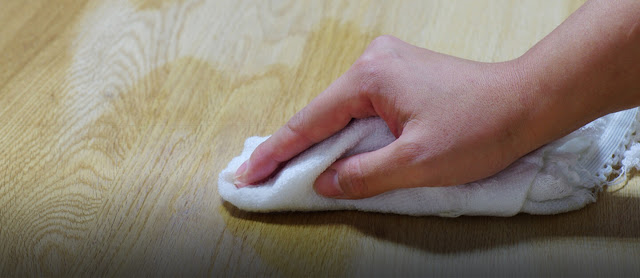Title: The Art of Furniture Polishing: Revitalize Your Space with Timeless Elegance
Unveiling the Secrets to Achieving a Lustrous Finish and Prolonging the Life of Your Beloved Furnishings
In the realm of interior design, furniture plays a pivotal role in shaping the character and ambiance of a space. Over time, however, the wear and tear of daily life can leave our cherished pieces looking dull and lackluster. Fear not, for the art of furniture polishing is here to rescue your furnishings from the clutches of time, restoring them to their former glory and beyond.
The Basics of Furniture Polishing:
At its core, furniture polishing is a rejuvenating process that involves cleaning, conditioning, and protecting your wooden pieces. The key to success lies in selecting the right products and techniques to suit the specific needs of your furniture.
Cleaning: Begin the polishing journey by dusting off any surface debris or dirt using a soft cloth or a gentle brush. This simple step prevents scratches during the subsequent polishing phases.
Choosing the Right Polish: Not all furniture polishes are created equal. Select a high-quality polish that matches the type of wood in your furniture. Beeswax-based polishes are excellent for enhancing the natural beauty of wood, while silicone-based polishes provide a protective layer against moisture.
Application Techniques: Apply the polish in the direction of the wood grain using a soft cloth or a sponge. This ensures an even distribution and a smooth finish. For intricate carvings or hard-to-reach areas, a small, soft-bristled brush can be a game-changer.
Reviving Antiques:
Antique furniture carries a unique charm that requires special attention during the polishing process. Gentle handling and the right products are crucial to preserving the authenticity and value of these timeless pieces.
Patience Is a Virtue: When working with antiques, take your time. Rushing the process can lead to irreversible damage. Slow and steady wins the race in the world of furniture polishing.
Testing in Unobtrusive Areas: Before applying any polish to antique furniture, test it in an inconspicuous area to ensure compatibility. This precautionary step prevents potential discoloration or damage to the delicate surface.
Preserving Wooden Finishes:
Different wooden finishes demand varying degrees of care. Understanding the characteristics of your furniture's finish is essential for effective polishing.
Varnished Surfaces: Furniture with a varnished finish requires a polish that not only enhances the wood but also protects the varnish. Opt for a polish that complements the glossy surface without leaving residue.
Oiled Finishes: Oiled finishes exude a natural, matte look. Choose a polish designed for oiled surfaces to replenish the wood's moisture and maintain its subtle sheen.
Furniture polishing is not just a maintenance task; it's an art form that allows you to breathe new life into your living space. With the right products, techniques, and a dash of patience, you can transform your furniture from tired and worn to radiant and timeless. Embrace the art of furniture polishing, and let your furnishings tell a story of enduring beauty for generations to come.




Comments
Post a Comment